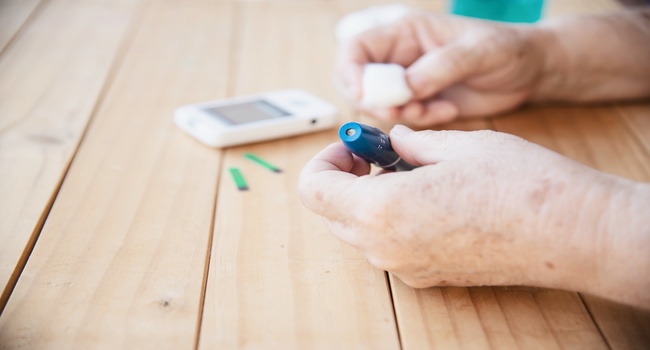
Type 1 diabetes is a chronic condition that affects millions of people around the world. It occurs when the body is unable to produce enough insulin, which is a hormone that helps regulate blood sugar levels. People with type 1 diabetes have to manage their condition carefully, which can be challenging and time-consuming. One of the main treatments for type 1 diabetes is insulin therapy, which involves injecting insulin into the body to help regulate blood sugar levels.
While insulin therapy is effective, it is not always enough to keep blood sugar levels within the normal range. In some cases, people with type 1 diabetes may need additional treatments to help them manage their condition. One such treatment is called continuous glucose monitoring (CGM), which involves wearing a device that continuously measures blood sugar levels. Another treatment is called a closed-loop system, which uses a CGM device to automatically adjust insulin delivery based on blood sugar levels.
Clinical Trial
A clinical trial aimed to test the effectiveness of an advanced hybrid closed loop (AHCL) system compared to insulin therapy and intermittent CGM in adults with type 1 diabetes. The trial involved 14 centers in three European countries and enrolled participants who were at least 18 years old, had a type 1 diabetes duration of at least 2 years, and had an HbA1c of at least 8% (which indicates poor blood sugar control).
The trial randomly chose people to use one of two treatments for 6 months: the AHCL system or insulin therapy with CGM. The main thing the researchers wanted to find out was how the two treatments affected the average HbA1c levels of the participants after 6 months. They also looked at how safe the treatments were by checking for device problems, severely low blood sugar, diabetic ketoacidosis, and other serious problems.
Results
The trial found that participants who used the AHCL system had significantly better blood sugar control than those who used insulin therapy and CGM. At 6 months, the mean HbA1c had decreased by 1.54% in the AHCL group, compared to only 0.20% in the insulin therapy and CGM group. This means that the AHCL system helped people with type 1 diabetes achieve better blood sugar control than insulin therapy and CGM alone.
The study also found that the AHCL system was safe to use, with no severe hypoglycemic events, diabetic ketoacidosis, or serious adverse events related to the study devices. There were some device-related non-serious adverse events in the AHCL group, but these were not significant. Two serious adverse events occurred, but they were not related to the study devices.
Overall, the results of the study suggest that the AHCL system may be a promising treatment option for people with type 1 diabetes who are struggling to manage their blood sugar levels. While the AHCL system is not a cure for type 1 diabetes, it may help people achieve better blood sugar control and improve their quality of life. It is important to note that the trial only included adults with type 1 diabetes and that further research is needed to determine the effectiveness of the AHCL system in children and adolescents with the condition.
